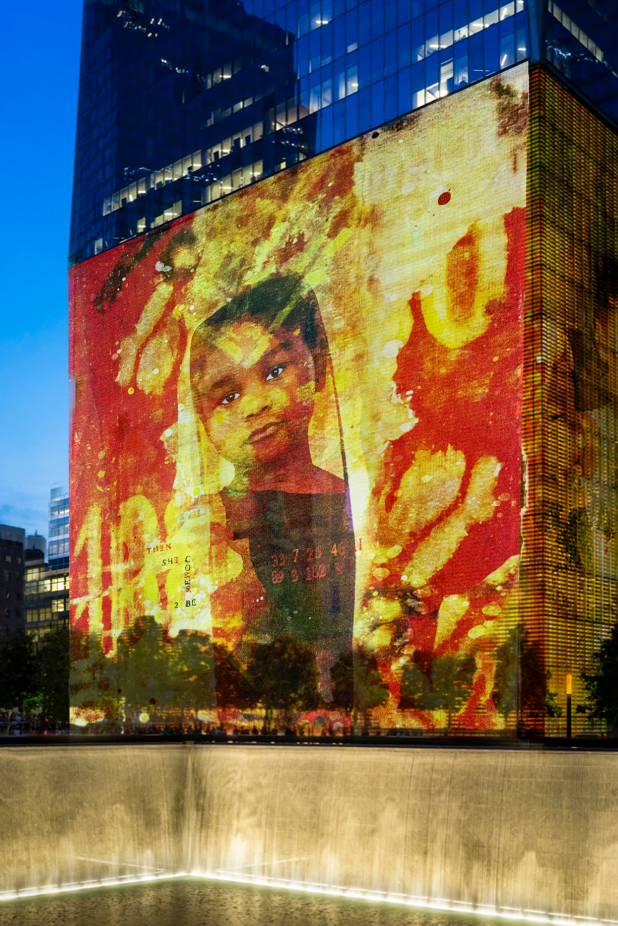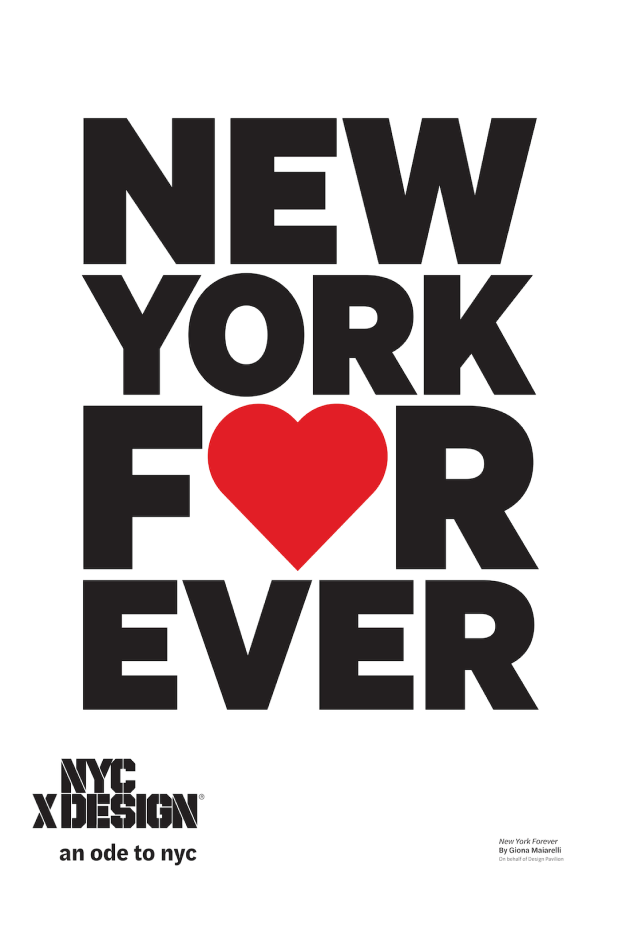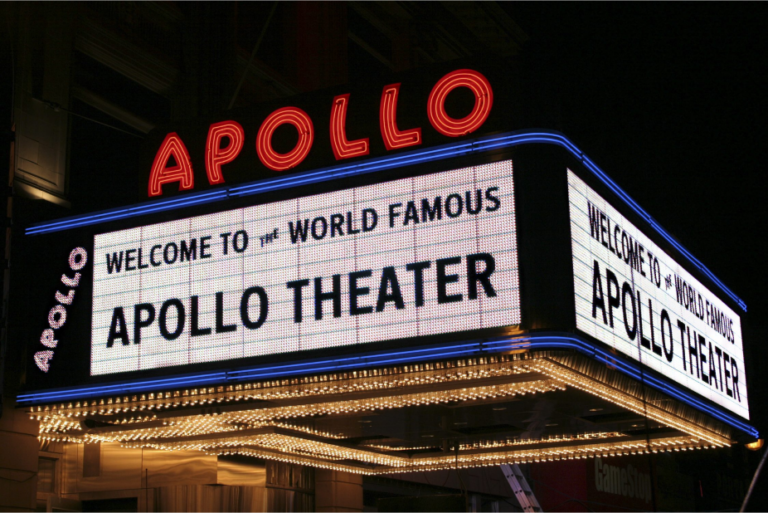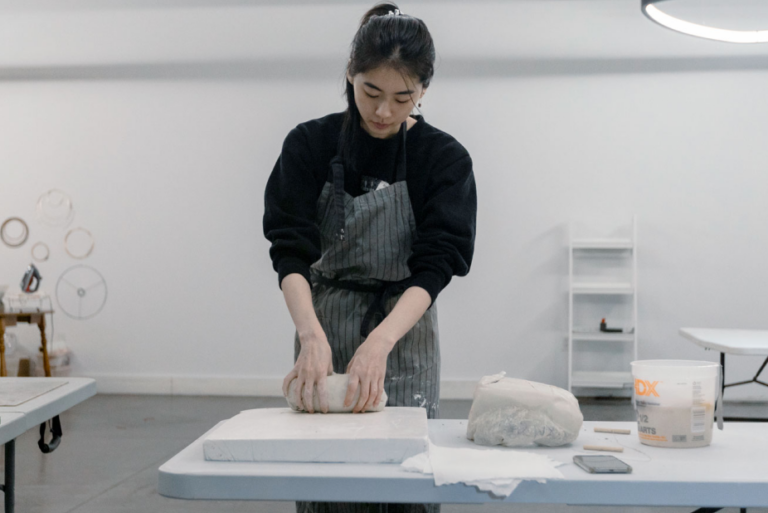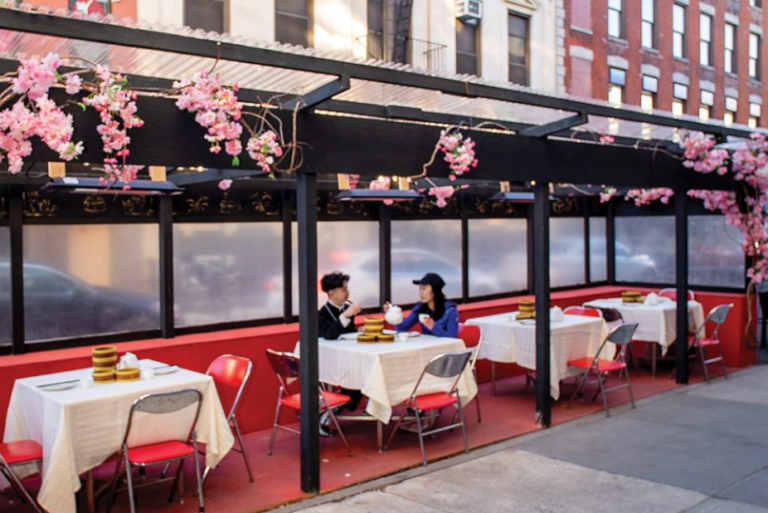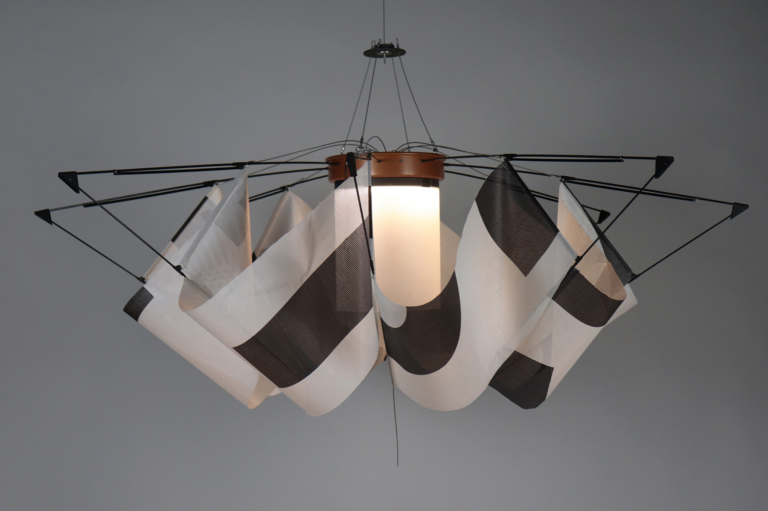Staten Island
Take a journey through Staten Island
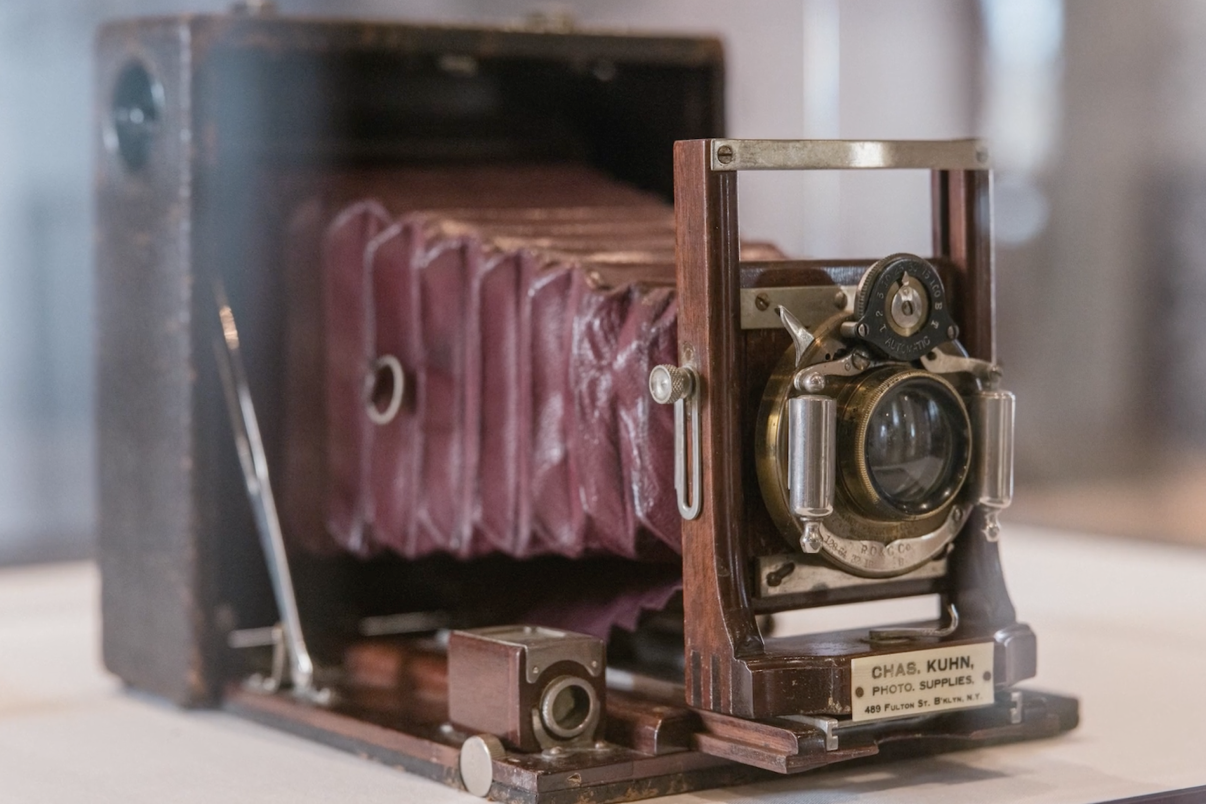
Alice Austen House
Nestled on a small hill on the corner of Hylan Boulevard and Edgewater Street on Staten Island, the Alice Austen house was previously home to famed female photographer Alice Austen. Overlooking the narrows separating the island from Brooklyn, it is now a National Historic Landmark, and a museum and exhibition space that keeps the daring spirit of the early American photographer alive.
Upon entering the house, visitors can experience architectural features that reflect on the time gone by. While only some of them are original to the house, curators have recreated or restore interior and exterior pieces in line with period, with the help of Austen’s own photographs. From her home, which was also her studio and photographic muse, Austen produced over 7,000 photographs, and has made significant contributions to photographic history, documenting New York’s immigrant populations, Victorian women’s social activities, and the natural and architectural world of her travels.
Alice Austen House
Cultural Institution
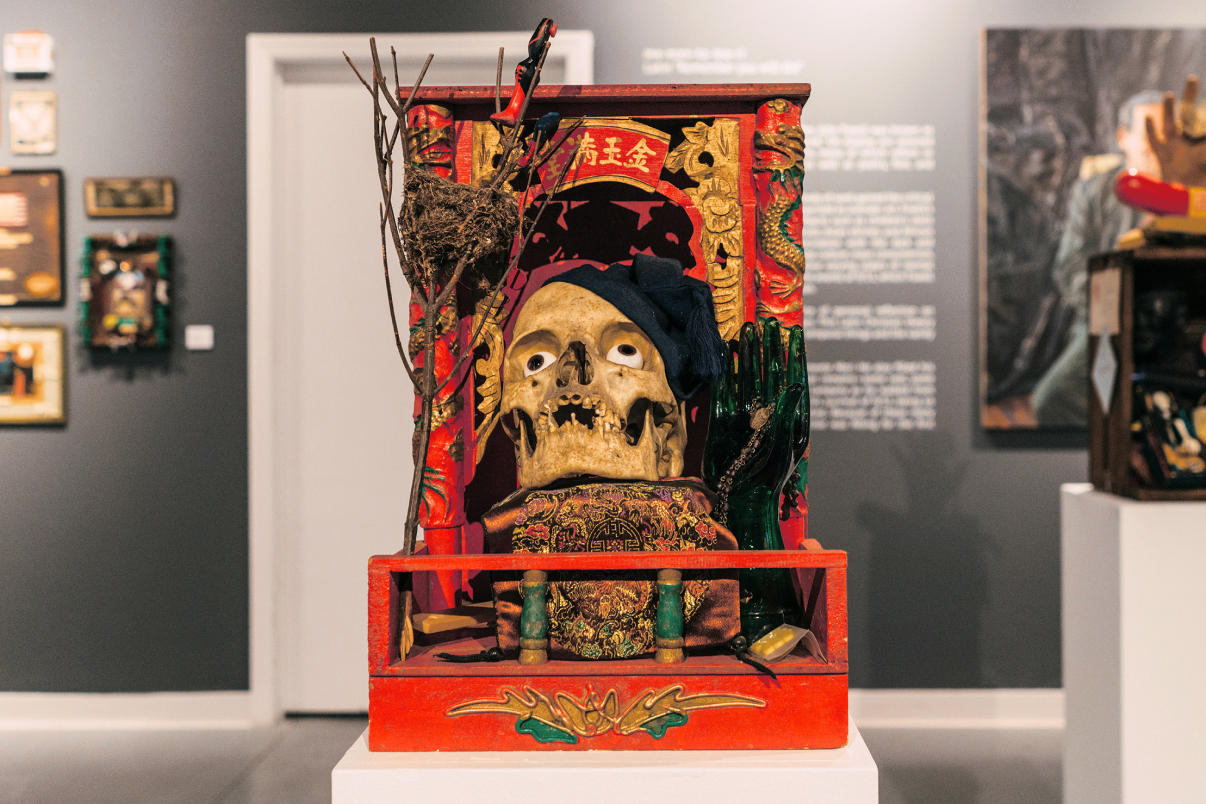
ArtSpace at Staten Island Arts

With contributions from Staten Island Arts leadership and through submissions from artists and community members, ArtSpace at Staten Island Arts exhibits engaging contemporary work by Staten Island artists and curators of all disciplines. The professional gallery space invites work from various intersections of art, science, architecture, design, and the environment, and prioritizes innovative work by under-recognized artists and artists from underrepresented groups (whether through age, gender, ethnicity, or sexual orientation).
Going by their mission to cultivate a sustainable and diverse cultural community for the people of Richmond County, Staten Island Arts is an organization that is driven to make the arts accessible to every member of the community, and spotlights the unique character of local cultural resources that is appreciated by a wider audience. As their Artspace gallery continues to encourage submissions from artists who identify as women, LGBTQ+, Black, Indigenous, People of Color, and/or individuals with disabilities, some of the most intriguing shows hosted by the gallery are in line with their work towards cultural equity.
ArtSpace at Staten Island Arts
Gallery

Focused on Infinity by Emily Lambert

Presented by the New York City Department of Transportation’s Temporary Art Program in partnership with the National Lighthouse Museum, Focused on Infinity by Emily Lambert is a notable DOT installation located at the St. George Ferry Terminal pedestrian pathway in Staten Island. The work is a prismatic composition inspired by diagrams and images seen through Fresnel lens, a powerful lighthouse tool used to guide sailors to safe harbors. Lambert created, “Focused at Infinity” entirely by hand in her studio using paint and collage on canvas before scanning, enlarging and printing to generate the 60-foot-long vinyl banner. Through elements of collage and a diverse color palette, the dynamic configurations and multiple vantage points add a sense of movement and energy to the pedestrian passageway while encouraging passersby to uncover new elements of the piece upon each viewing.
Focused on Infinity by Emily Lambert
Outdoor Installation
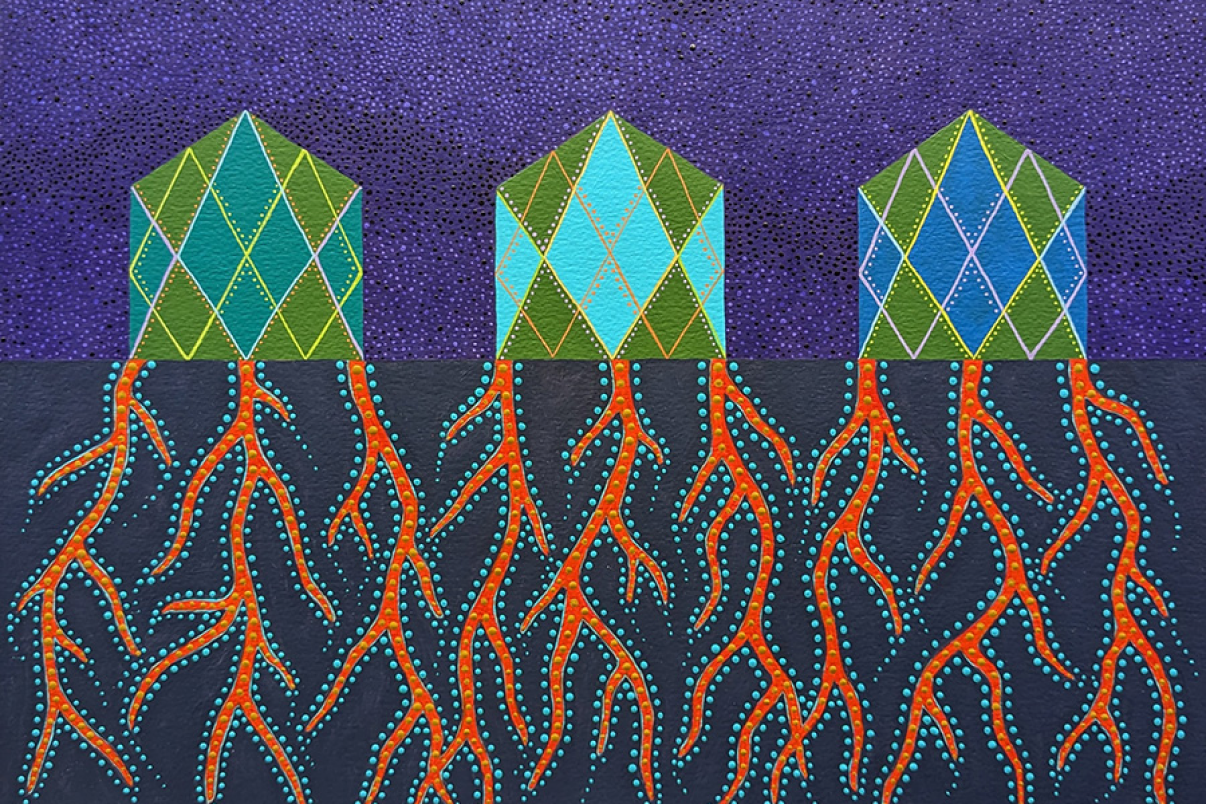
Lisa Dahl
Lisa Dahl is a visual artist and graphic designer based in Staten Island. Recently, she was a Design Trust Fellow for Future Culture, a project which addressed developments in the North Shore area of Staten Island and its impact on local cultural communities. Lisa’s work focuses on concepts of home, urbanism and community building. Her art studio is located on the grounds of Snug Harbor Cultural Center in the same building as the offices for the Staten Island Museum and Art Lab, a community art school. There are 16 visual arts studios total which repurpose the historic rooms that once served as the infirmary when Snug Harbor was a haven for retired sailors.
Lisa Dahl
Studio
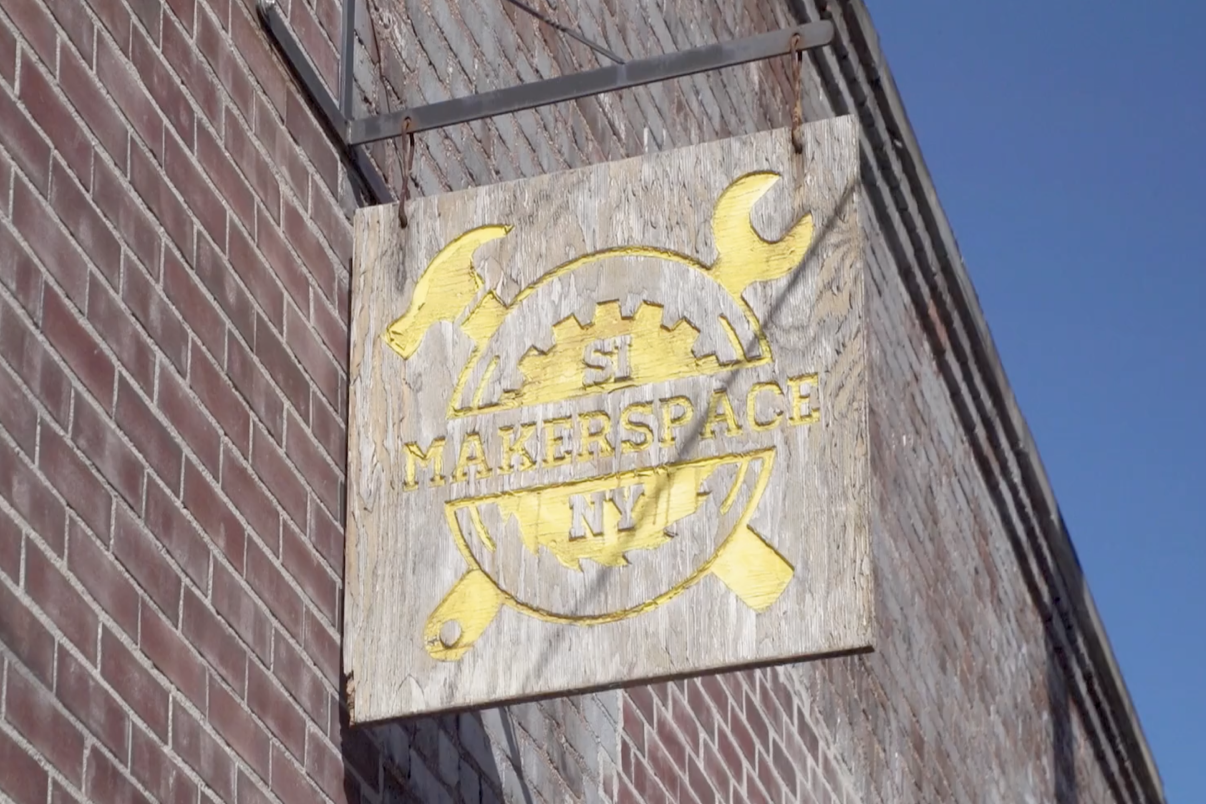
Maker Park
Based on the foundation to support individual entrepreneurship and help sustain artists, craftspeople, engineers, hobbyists, inventors, and other groups, MakerSpace NYC is a non-profit community-based organization dedicated to uplifting innovation in the community. The offer low-cost access to a facility that houses industrial and digital fabrication equipment and facilities, open workspaces, meeting rooms, and private studio and storage spaces.
The Staten Island location is the first of their two locations in NYC, and is housed in a industrial warehouse in Stapleton. With various artist studios nestled within, this warehouse offers adult and children’s educational programming, and focuses on metal fabrication with heavy lifting capabilities and houses a woodshop, machine shop, and ceramics facility. While the indoor industrial fabrication facility is 6,000 sq ft with 35 ft ceilings and overhead cranes for large scale work, the Staten Island location is also home to Makerpark, a 27,000 sq ft outdoor community space that hosts a variety of workshops such as blacksmithing and beekeeping, as well as concerts, plays, and other community events.
Maker Park
Outdoor Installation
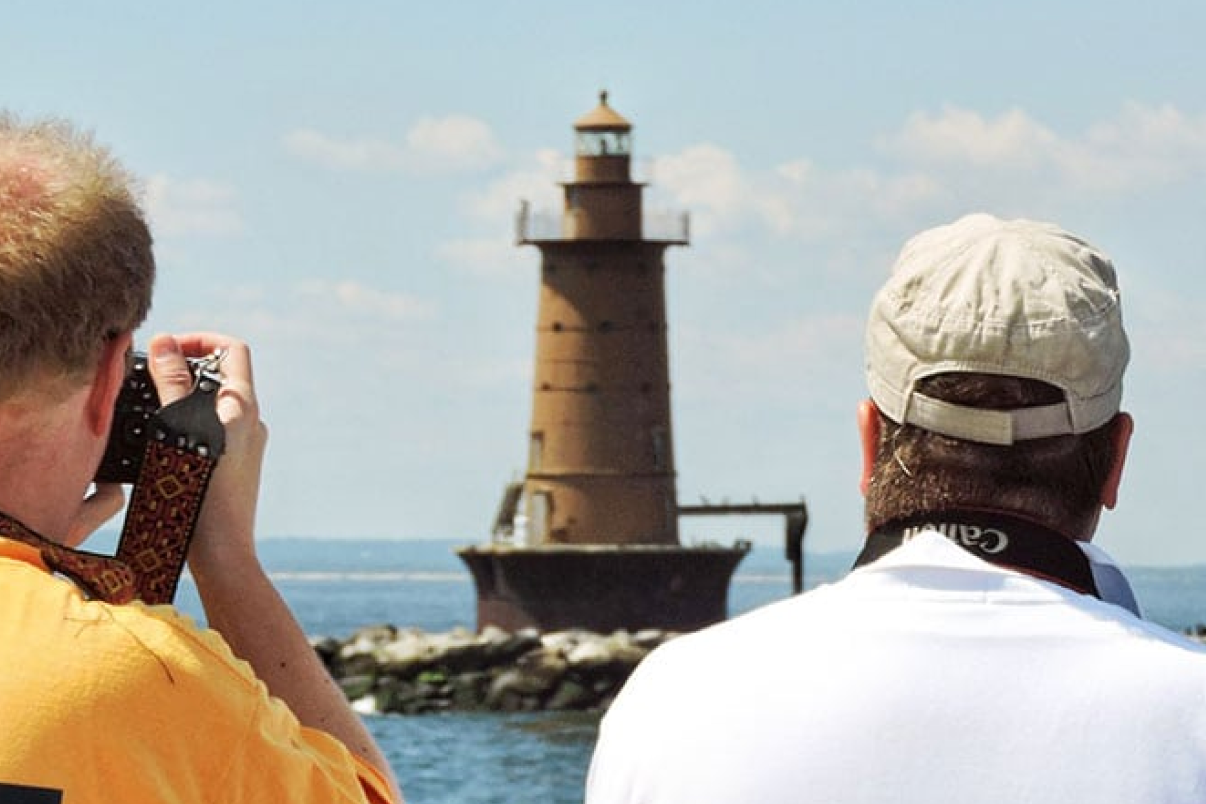
National Lighthouse Museum

Conceived and developed as an interpretive Master Plan for a sprawling campus on the St. George waterfront in Staten Island, the concept of the National Lighthouse Museum was born out of the need to educate and preserve the navigational history of lighthouses. It was created as a “must-see” destination on the historic site of the US Lighthouse Service main depot, and fervently celebrates the history, technology, and people of American Lighthouses.
After much deliberation, the site adjacent to the Staten Island Ferry Terminal was selected for the museum due to its historic significance and its high-profile location in one of the busiest harbors in the country. SKOLNICK Architecture+ Design Partnership was engaged in 2000 to develop the master plan, and were responsible for the careful historic restoration and renovation of a number of buildings on the campus. In 2013, the firm was once again appointed to complete the design for the museum, followed by the grand opening of the National Lighthouse Museum and Educational Resource Center on August 7 2015, the 226th anniversary of Lighthouses Act of 1789.
National Lighthouse Museum
Cultural Institution
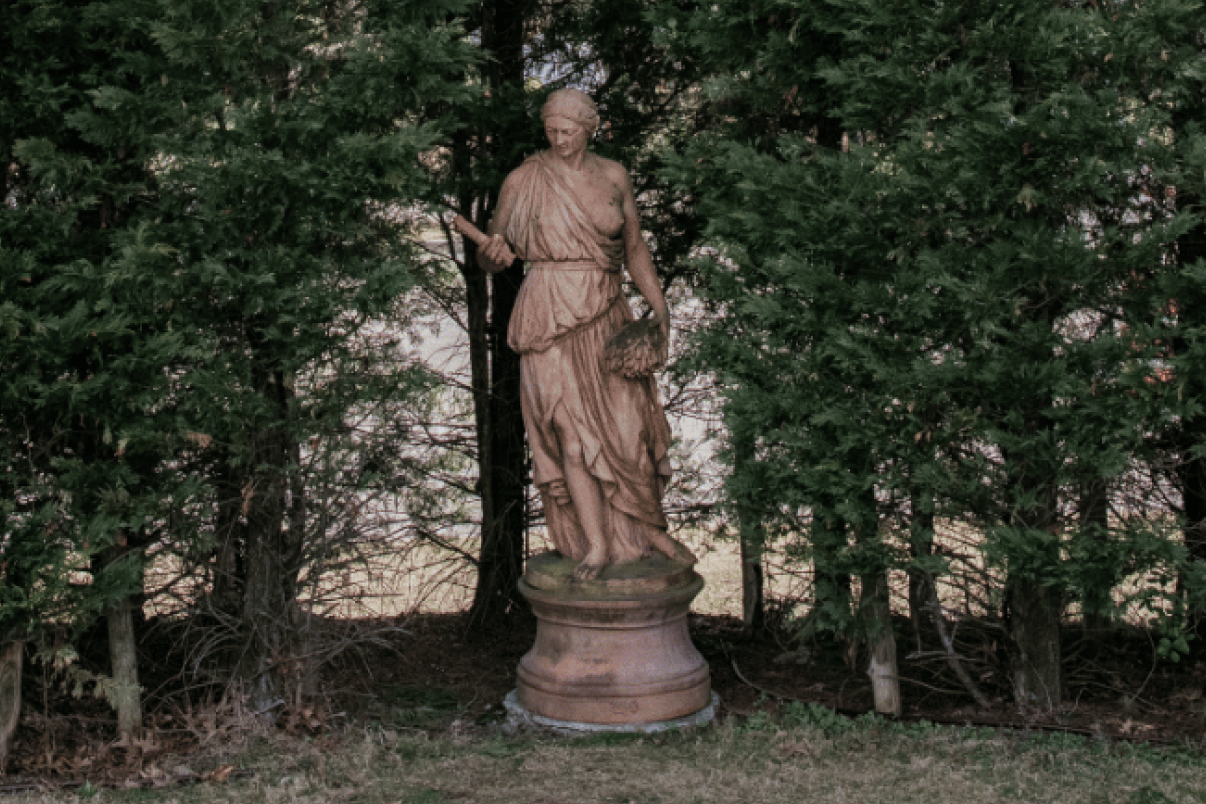
Snug Harbor Cultural Center & Botanical Garden
Enclosed in a sprawling campus of grand columned buildings on the northeastern edge of Staten Island, the Snug Harbor Cultural Center & Botanical Garden was originally built as a home for retired sailors, and eventually became a cultural center for both Staten Island and the rest of New York City. After its restoration, the cultural center has kept its original history alive, while serving as a landmark destination that cultivates nature and the arts on Staten Island.
With over 28 buildings and 14 gorgeous gardens open to visitors, the oldest building completed in 1830-31 stands as a series of five Greek-revival style structures facing the water, and is home of the Main Hall of the Newhouse Gallery. The Botanical Gardens complement the Connie Gretz Secret Garden and the New York Chinese Scholar’s–the first and only classical Chinese Garden in the United States. One can spend an entire day on the premises while enjoying various genres of performing arts in the Music Hall, NewHouse Galleries’ exhibits of contemporary art, a notable collection of maritime art in Building D, a children’s museums, and the sheer beauty of one of the largest Botanical Gardens in the New York area.
Snug Harbor Cultural Center
Cultural Institution

Stapleton Library
Located on Canal Street, near the center of Stapleton Village and adjacent to Tappen Park and the Old Village Hall, the Stapleton Branch of The New York Public Library was originally designed by Carrère and Hastings in 1909. To better serve the growing community and its needs in 2013, the library saw a 12,000 square feet expansion that was designed by Andrew Berman Architect. The new library was conceived as a modern public institution that will contribute to the revitalization of the Stapleton neighborhood, and serves as an inviting, open, and accessible public space for the community. With considerable regard to accessibility, the building works with the sloping grade of the land, and was sited such that a new street entrance could be accessed from grade, without steps.
Constructed of glue laminated Douglas fir posts, beams, joists and roof decking, the exposed wood structure provides a sense of rhythm, scale and material richness unexpected in contemporary public buildings. While information is increasingly available and distributed in digital formats, the design team sought to assert the enduring relevance and primacy of the book. The library’s varied collection of books and media can be enjoyed by the readers in ample natural light, owing to the building’s structurally glazed façade. The radiant heating system adds another layer of comfort to the visitors, as it efficiently warms the polished concrete floors.
Stapleton Library
Cultural Institution

9/11 Memorial


